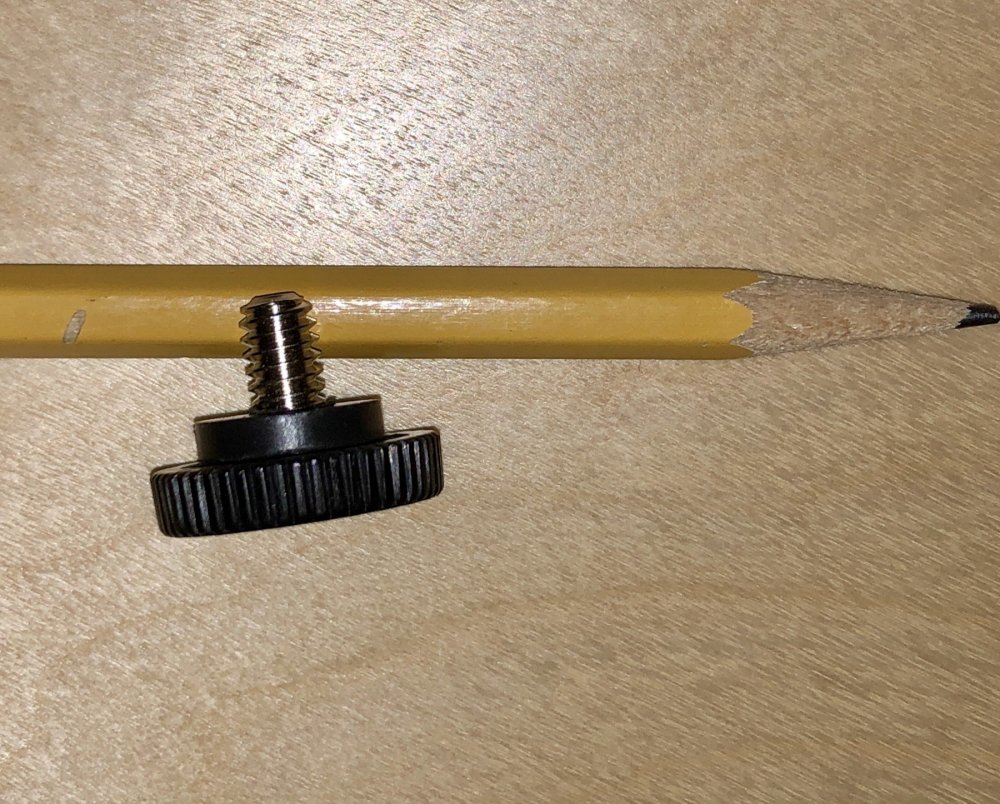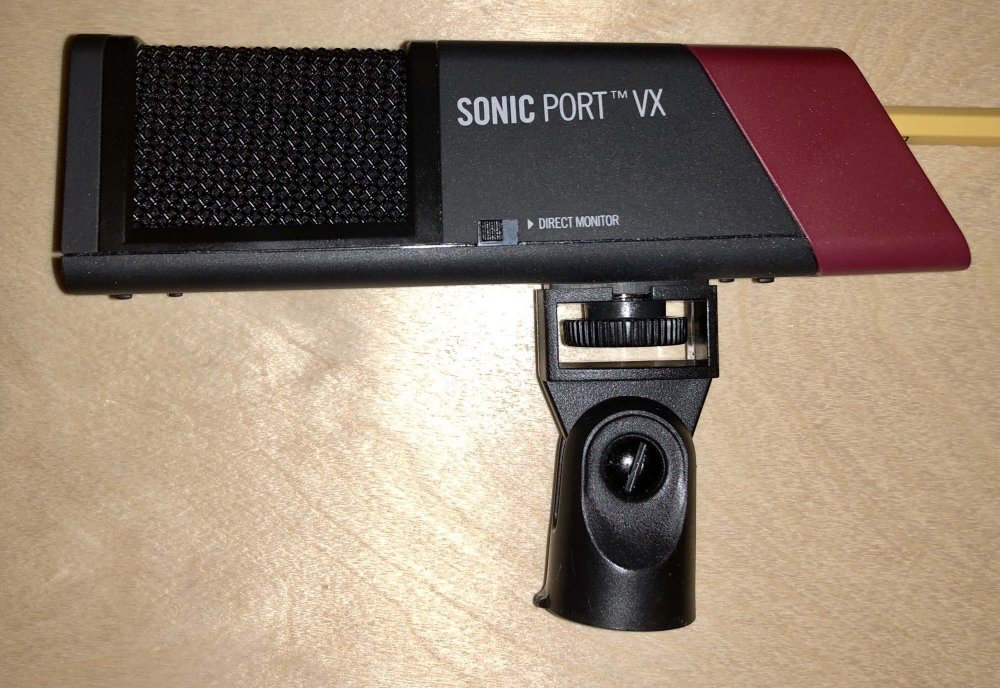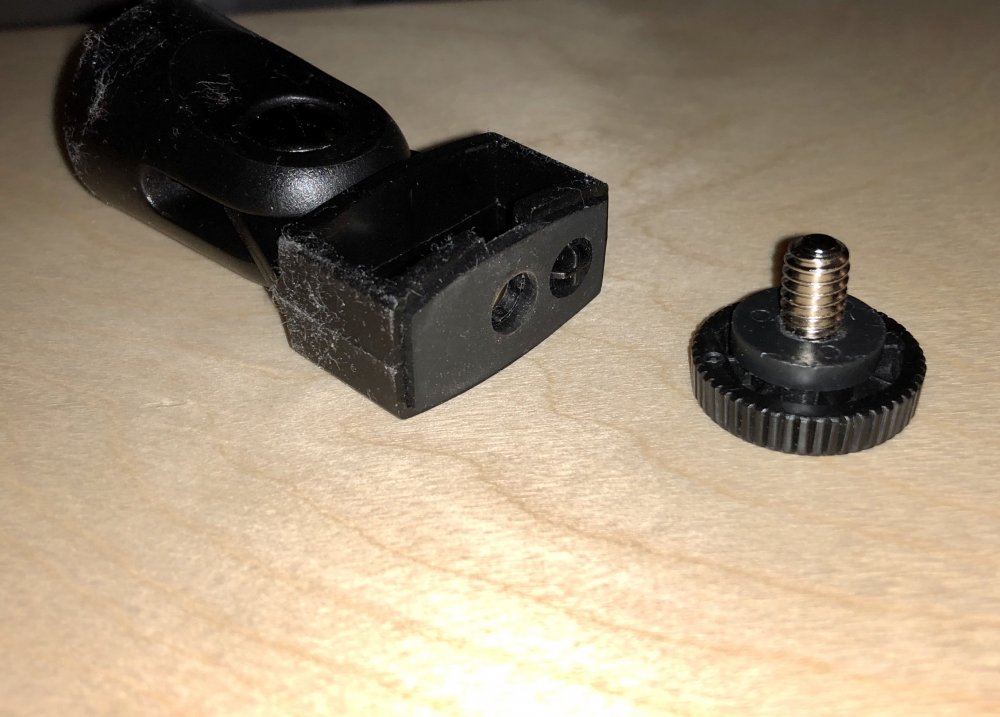
carlc
-
Posts
9 -
Joined
-
Last visited
Posts posted by carlc
-
-
Sorry, no ideas. I was never able to get this to work even after exchanging the PowerCab for a new unit. I gave up and am using two 1/4” unbalanced cables to send analog audio from the POD HD500. I wasn’t able to use balanced (XLR) cables because the volume was too low. I had to max out the gain on that PowerCab to get a somewhat decent level. With the 1/4” unbalanced I was able to leave the gain at a nominal level.
-
Thanks Bob! Good to know that this should work without too much trouble. I initiated a return through Guitar Center since this was a brand new PowerCab. I should have the new unit in a few weeks.
-
I just bought a brand new PowerCab 212 Plus to go along with my collection of Line 6 gear. I plugged it in and tried to connect it to my POD HD 500 via L6 Link. Unfortunately, I can't get the L6 Link to work at all. When I power on the POD, I hear a few momentary clicks & pops in on the PowerCab, but no audio. I can connect via the analog outputs from the POD to the PowerCab, and that works fine, but I would much prefer to run a single digital cable instead of two analog cables.
I opened a ticket with Line6 support, but unfortunately we are out of ideas to try. The things I have tried so far to get the L6 Link connection working are:
- Several different AES and XLR cables, including a brand new AES cable
- Connected two different POD units to the PowerCab, a POD HD 500 and a POD HD 300
- Updated firmware on all of the units to ensure latest version
- Different power up / power down sequences and connection sequences
- Different settings within the POD HD 500 for outputs (page 4 of 12 in settings): Studio/Direct, Combo Front, Combo Pwr Amp, Stack Front, Stack Pwr Amp
- Different settings within the POD HD 500 for L6 Link Audio (page 9 of 12 in settings): Amp #1 Left/Right, Amp Model A, and Amp Model A/B
- Performed a full factory reset on the PowerCab 212 Plus via the settings
I know that I likely won't be able to control detailed PowerCab parameters via L6 Link with the POD HD 500 or POD HD 300, but basic audio should work over L6 Link. Even trying everything above, I have not been able to get any sound, only a handful of faint clicks & pops when the system first powers up.
Has anyone else been able to make this work? Any other things I could try? Any help or ideas would be greatly appreciated. Also, just knowing that someone else has successfully connected a POD HD 300 or 500 to a PowerCab via L6 Link would be good information.
Thanks!
Carl
-
Hello Yves,
The screw is set into the microphone adapter, but you can wiggle it out and back in again if you are careful. If you look at the last photo in my post from 8-Feb-2019, you can see that there is a hard plastic adapter with a slot in it, and a rubber piece that is glued to the top with two holes. One hole for the screw and one for the locator pin. If you rotate the screw sideways while you pull it out, it will stretch the rubber hole a bit, but if you are careful you can get it out without damaging or detaching the rubber piece. Note that you have to rotate the screw towards the slot opening in the hard plastic piece. If you try to go the other way, the screw will not budge.
Regards,
Carl
-
Just following up so others know how I resolved the issue. Line6 Support was very responsive and quickly sent me a second microphone adapter to try. Unfortunately the result was the same... The screw bottomed out before the mic adapter was pulled tight. It seems like the threaded insert that is set into my SonicPort VX is either too shallow or the insert may not be set far enough in. The SonicPort is working great otherwise, and it seemed silly to replace it for something like this, so I simply added a plastic washer to my mic adapter to compensate. In the attached photos, you can see the smaller raised portion at the end of the threaded screw next to the knob. Works great with the plastic washer added and the SonicPort VX is held securely to the mic adapter.
-
I just bought a new SonicPort VX. When I went to assemble the stand, the mic stand adapter didn't connect securely. The threaded portion bottoms out before the adapter is pulled tight against the body leaving a significant gap (see attached photos). As a result, the SonicPort is extremely loose on the stand and flops around. Maybe I am missing a washer or a bushing or something? This is a new unit out of the box. There is a portion on the body around the threaded hole with a different surface finish, almost as if a gasket was there but is now gone. Any ideas? Am I missing something obvious?
-
I'd be willing to bet that you'd never be able to tell the difference anyway...the models are all the same, whether it's a JTV, Standard, or Shuriken. If the presence or absence of a particular circuit board made any discernable difference, there'd have been a riot by now. We'd all be wading through "I'm stuck with a $hitty JTV from 2011, and it's not fair" threads.
They're not talking about anything that will affect the sound. They're talking about stuff like consolidating the low-level electrical functionality of two chips into one. The input is still the same 6 L.R. Baggs piezo pickups routed into a high-quality multichannel A/D converter, and the DSP math is identical.
Good points, thanks for talking some sense into me!
-
I had the same question mentioned above regarding 2011 vintage JTV-69 vs. more recent production (2016-17). I am considering buying a "new old stock" JTV-69 with a W1109 serial number.
In another thread on this forum (link here) discussing 2011 JTV-59s vs 2017 JTV-59s, a Line6 service engineer stated, "2017 will have a more up to date circuit board. You can get the 2011 one and we can put a current board and firmware in it. Or, get the 2017 one with with current board and firmware all in there already. Either way is fine."
When asked if the newer board made a difference he replied "A few minor things that are circuit level, and can't into with an end user. Proprietary stuff I'm afraid. Getting functionality to work better and smoother."
I'm pretty sure those same comments would apply to the JTV-69 circuit boards as well. That makes me really not want to get a 2011 JTV-69. Can anyone confirm or refute the circuit board differences? Are comment on whether there is a practical difference since they all seem to be capable of running the latest firmware?
Thanks!
Carl





Cannot get L6 Link working with PowerCab 212 Plus
in Powercab
Posted
Sorry I hadn't checked the forum in a while, and thanks for the suggestion. I did reference that guide, actually. I also went through every conceivable combination of output settings, cable connections, power up/connection sequences, etc.
At this point, the only logical conclusion is that both my POD HD500 and my POD HD300 have damaged or defective L6 Link outputs. I tested this theory when I was in the process of exchanging the first PowerCab 212. While I still had both PowerCab 212 units at my house, I was able to successfully use the L6 Link output of one to drive the other. I was also able to swap them and it still worked. Not a complete test, but the L6 Link ins & outs for both PowerCab 212 units appeared to be okay. That implies that both of my POD HD units are faulty.